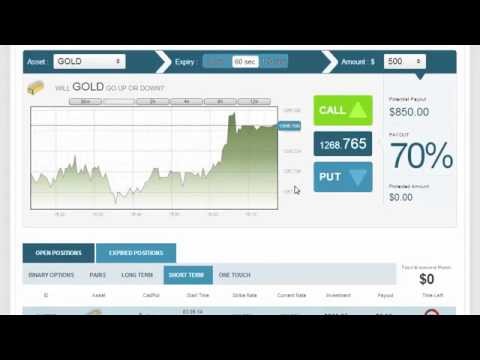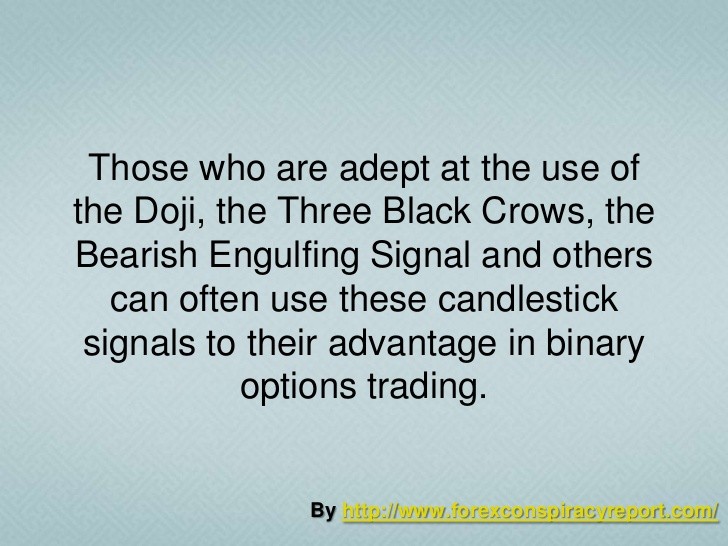How To Sell Put Options To Benefit In Any Market
Post on: 6 Июнь, 2015 No Comment

The sale of put options can be an excellent way to gain exposure to a stock on which you are bullish with the added benefit of potentially owning the stock at a future date at a price below the current market price. To understand how selling puts may benefit your investment strategy, a quick primer on options may be helpful to some.
Call Options Vs. Put Options
Very simply, an equity option is a derivative security that acquires its value from the underlying stock it covers. Owning a call option gives you the right to buy a stock at a predetermined price, known as the option exercise price. A put option gives the owner the right to sell the underlying stock at the option exercise price. Thus, buying a call option is a bullish bet — you make money when the stock goes up, while a put option is a bearish bet because if the stock price declines below the put’s exercise price, you can still sell the stock at the higher exercise price.
The exact opposite view is taken when you sell a call or put option. Most important, when you sell an option you are taking on an obligation not a right. Once you sell an option, you are committing to honoring your position if indeed the buyer of the option you sold to decides to exercise. Here’s a summary breakdown of buying versus selling options.
- Buying a Call — You have the right to buy a stock at a predetermined price.
- Selling a Call — You have an obligation to deliver the stock at a predetermined price to the option buyer.
- Buying a Put — You have the right to sell a stock at a predetermined price.
- Selling a Put — You have an obligation to buy the stock at a predetermined price if the buyer of the put option wants to sell it to you.
Characteristics of Prudent Put Selling
Since selling a put puts you in an obligatory position of taking ownership of a stock, the first important rule of put selling is revealed: because you are assuming an obligation to buy the underlying stock, consider only selling a put if you are comfortable owning the security at the predetermined price, should it indeed be put on you. In addition, you should only enter into such a trade where the net price paid for the underlying security is an attractive price. This is by far the most important consideration, if one wants to sell puts successfully during any market environment. (There are other reasons to sell a put, such as when you are executing more complex options strategies, learn more in Iron Condors Fly On Fragile Wings and Advanced Option Trading: The Modified Butterfly Spread .)
Once this rule is satisfied, then the other benefits of put selling can be exploited. One benefit is the ability to generate income on your portfolio. If the sold put expires without exercise, the seller keeps the entire premium. Another key benefit is the ability to own the underlying stock for a price below the current market price.

The Method at Work
An example will better illustrate both the benefits and potential risks when selling a put. Consider shares in Company A, which continues to dazzle investors with increasing profits from its revolutionary products. Shares are currently trading for $270 a pop and the price-to-earnings ratio is under 20, not a bad valuation for the growth this company has produced.
If you like Company A’s future prospects, you could buy 100 shares for $27,000 (ignoring commissions for simplicity). As an alternative you could sell one Jan $250 put option expiring two years from now for $30 today. Since one option covers 100 shares, you will collect $3,000 in option premium, less commission. The terms of this specific put option are that it expires on the third Friday of January two years from now, and has an exercise price of $250.
By selling this option, you are making an obligation to buy 100 shares of Company A by January two years from now for $250. Clearly since Company A shares are trading for $270 today, the put buyer is not going to ask you to buy the stock for $250. So, you collect the option premium and wait. (Learn more about put option strategies in Bear Put Spreads: A Roaring Alternative To Short Selling .)
If, in two years on January, shares fall to $250, you will be required to buy those 100 shares for $250. But you will keep the option premium of $30 per share, so your net cost per share is $220. If shares never fall to $250, the option will expire worthless and you will keep the entire $3,000 premium.
So instead of initially buying those 100 shares for $27,000, you can sell the put instead and lower your net cost to $220 a share or $22,000 if the price falls to $250 per share. If the option expires worthless, you get to keep the $30 per share option premium, which on a $250 buy price represents a 12% return in just over 13 months time.
Risks
You can see why it’s prudent to sell puts on stocks you would love to own. If Company A shares decline, you will be required to cough up $25,000 to buy the shares at $250 (having kept the $3,000 option premium, your net cost will be $22,000). If you don’t have that cash in your portfolio, your broker can force you to sell other stocks in order to buy this position.
Another risk is that Company A shares can fall well below $250 and past $220, meaning that you will take ownership of the stock at a net cost including the put option of $230 per share, but it trades at $220.
Another risk in a different sense is that Company A shares continue to appreciate. If shares go up by more than $30 during that time, you won’t benefit from the additional upside because you didn’t originally buy the stock. (You can make money on a falling stock. Find out how going long on a put can lead to profits; read Prices Plunging? Buy A Put! )
The Bottom Line
In the end, utilizing the sale of put options can be a very prudent way of generating additional portfolio income. You also get exposure to the stocks you would like to own, but want to limit your initial capital investment. You forgo additional upside of course, but if you sell a put and the stock price goes up, you are making money, so all is good. As long as the underlying stocks are of companies you are happy to own, put selling can be a lucrative strategy.














